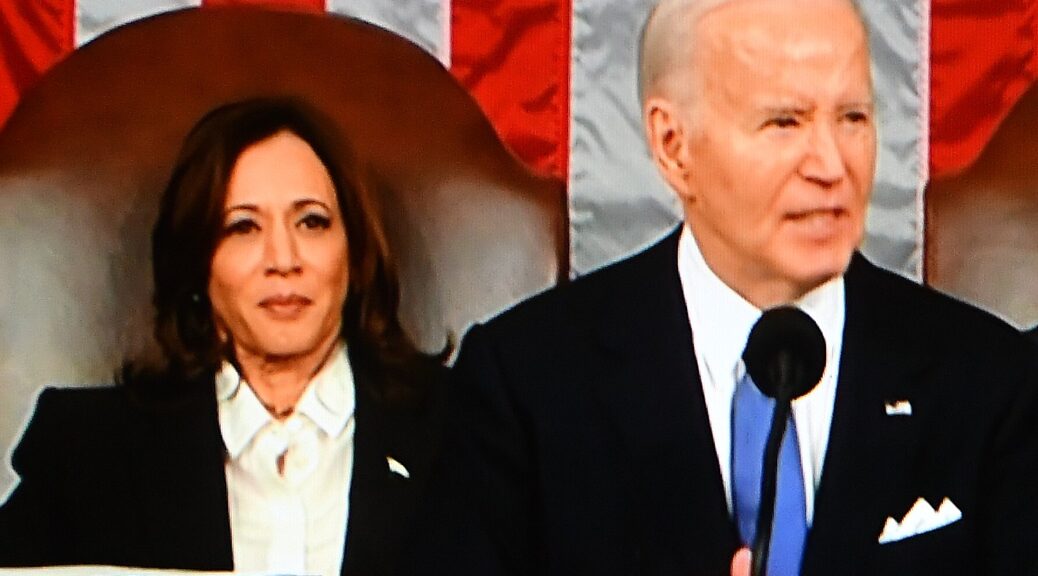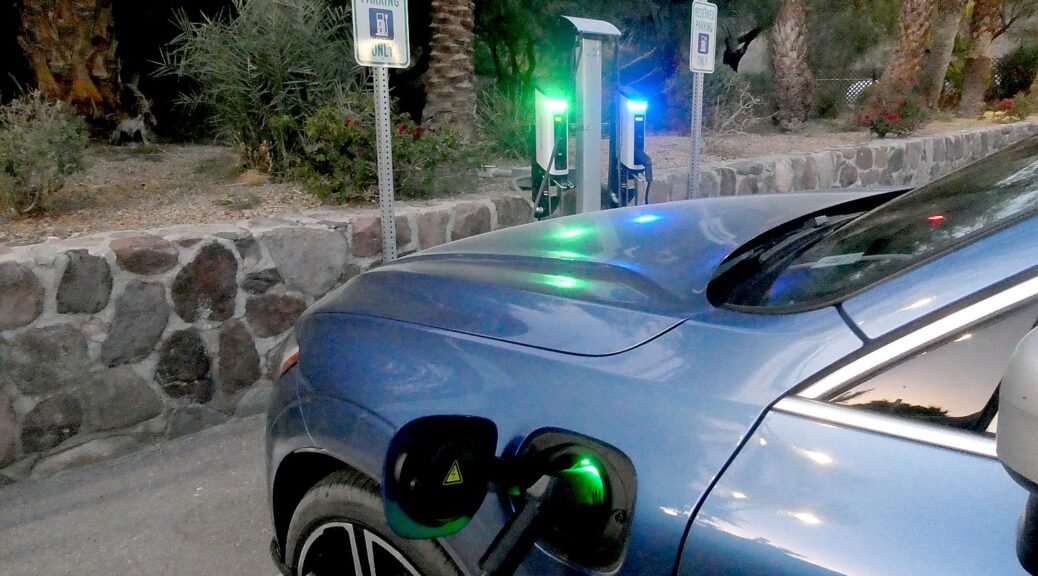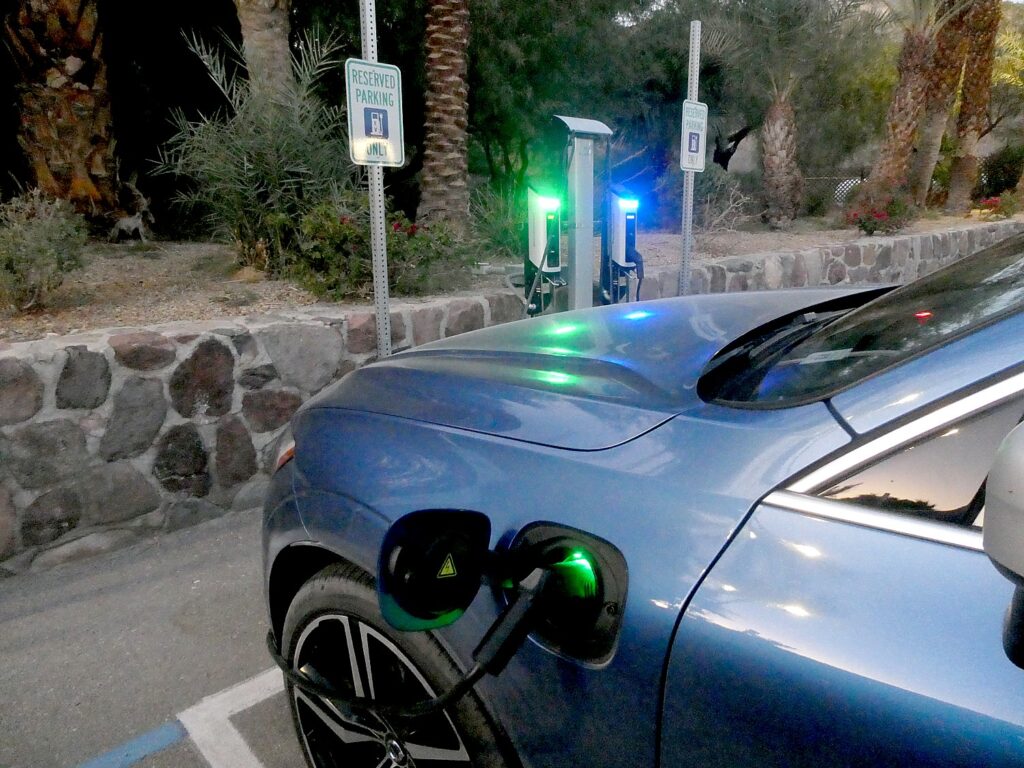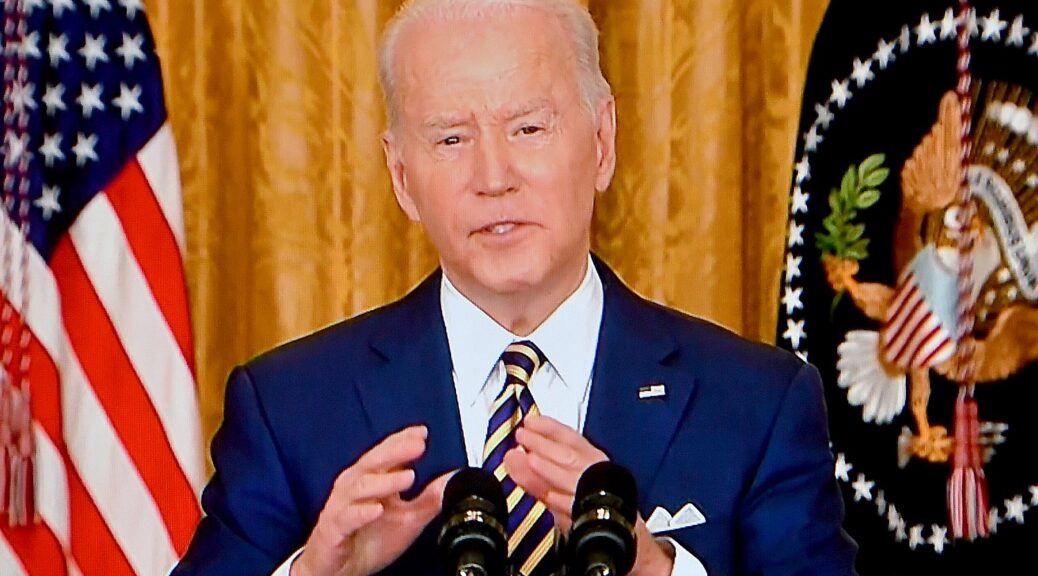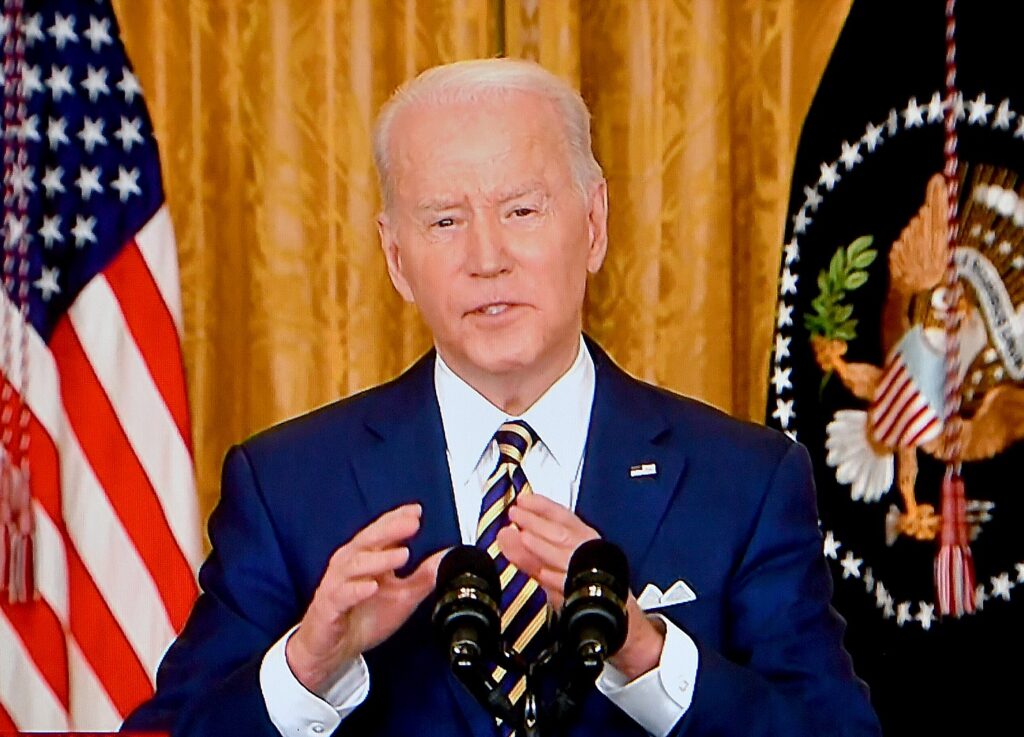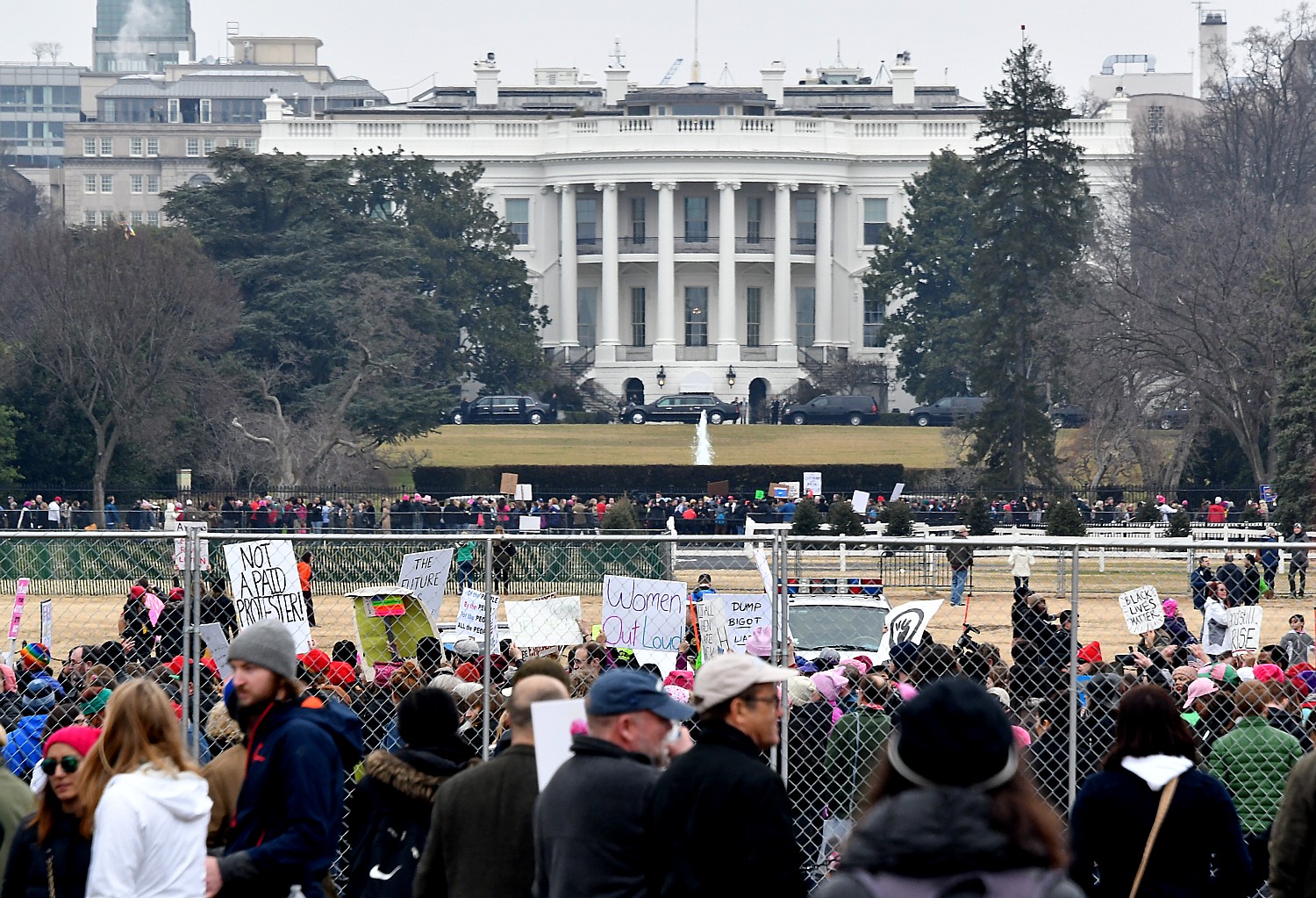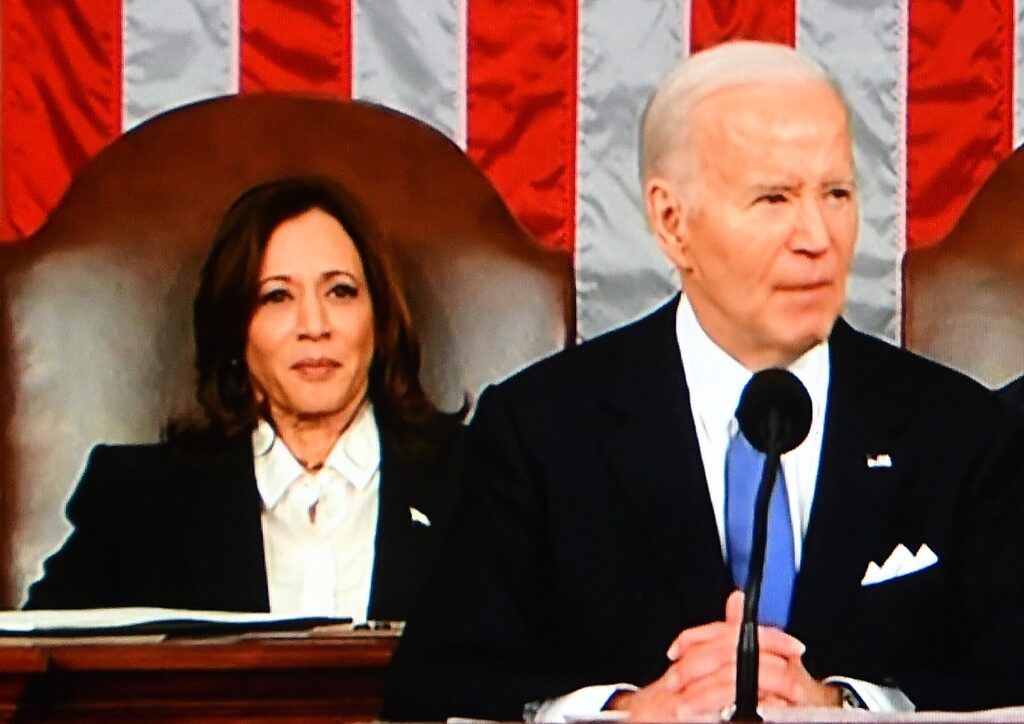
On the two-year anniversary of passage of the CHIPS and Science Act, President Biden issued this statement and the White House issued a Fact Sheet documenting the historic achievement of the act is bringing back to the USA semiconductor supply chains, creating jobs, supporting American innovation, and is protecting National Security:
“America invented the semiconductor – those tiny chips that power electric vehicles, appliances, cell phones, satellites, and are critical in AI. But over time we went from manufacturing 40% of the world’s semiconductors, to just over 10%. When Vice President Harris and I came into office, we were determined to change that,” President Biden stated.
“Since I took office, companies have announced nearly $400 billion in investments in semiconductor manufacturing in the United States, spurred in large part by support from the CHIPS and Science Act. As a result of these investments, we’re creating over 115,000 manufacturing and construction jobs in the semiconductor industry. And America is now on track to produce nearly 30% of the global supply of leading-edge chips by 2032, up from zero only two years ago.
“While there is more to do, my CHIPS and Science Act is bringing chips manufacturing back to America, strengthening global supply chains, and is making sure the United States remains a world leader in AI and other technologies that families, businesses, and our military rely on each and every day.”
New York State Governor Kathy Hochul added, “Two years ago today, the future of American manufacturing changed – forever. With the stroke of a pen, President Biden signed the CHIPS and Science Act into law.
“Since that extraordinary day, New York State has benefitted from unprecedented investments that are transforming our state into a global hub for semiconductor manufacturing. Chip companies have announced over $112 billion in planned capital investments in New York – revitalizing Upstate communities and creating tens of thousands of good-paying jobs. No other region in America will account for a greater share of domestic production.
“And we’re not done yet. This critical industry is continuing to expand with major investments from semiconductor businesses and supply chain companies like Micron, GlobalFoundries, AMD, Edwards Vacuum, MenloMicro and TTM Technologies to expand their presence in New York. In July, the U.S. Department of Commerce awarded a phase two Tech Hub grant of $40 million to the New York Semiconductor Manufacturing and Research Technology Innovation Corridor (NY SMART-I Corridor) consortium. Over the next five years, the consortium will serve a critical role in supporting Upstate New York’s continued growth into a globally competitive center of semiconductor workforce development, innovation and manufacturing.
“For communities that have experienced decades of economic stagnation and neglect, these extraordinary commitments are the beginning of an economic renewal – bringing better schools, better hospitals, safer streets and stronger infrastructure.
“The CHIPS and Science Act has put New York on the precipice of a defining age of manufacturing and transformed the future for generations of New Yorkers. I’m grateful to Leader Schumer, Leader Jeffries, the New York Congressional Delegation and the Biden-Harris Administration for their historic efforts and for keeping their promise to the American people.”
FACT SHEET: Two Years after the CHIPS and Science Act, Biden-Harris Administration Celebrates Historic Achievements in Bringing Semiconductor Supply Chains Home, Creating Jobs, Supporting Innovation, and Protecting National Security
Companies have announced $395+ billion in investments in semiconductors and electronics and the creation of over 115,000 jobs since President Biden and Vice President Harris took office
Two years ago, President Biden signed into law the CHIPS and Science Act (CHIPS), aimed at reestablishing United States’ leadership in semiconductor manufacturing, shoring up global supply chains, and strengthening national and economic security. America invented the semiconductor, and used to produce nearly 40 percent of the world’s chips, but today, we produce only about 10 percent of global supply—and none of the most advanced chips. The CHIPS and Science Act aimed to change that by investing nearly $53 billion in U.S. semiconductor manufacturing, research and development, and workforce.
Dozens of companies have committed to nearly $400 billion in total semiconductor investments across the country. These investments have been spurred in large part by the Department of Commerce’s CHIPS Incentives program, which has signed preliminary agreements with 15 companies across 15 states to provide over $30 billion in direct funding and roughly $25 billion in loans for semiconductor manufacturing projects. These projects will support the creation of more than 115,000 direct construction and manufacturing jobs, with further investments in workforce development and training to come – helping to ensure more chips are made in America by American workers. As a result of these investments, the United States is on track to produce nearly 30% of the global supply of leading-edge chips by 2032, up from zero percent when President Biden and Vice President Harris took office.
As part of the CHIPS Act, the Biden-Harris Administration has also made regional investments to spur centers of innovation across America through the Tech Hubs program, has made investments to revitalize communities historically overlooked by federal investment through the Recompete program, and is making critical investments in research and development and workforce initiatives across the semiconductor ecosystem.
Two Years of Progress on Semiconductor Manufacturing and Innovation
In the past two years, agencies across the federal government have developed and executed on programs established under CHIPS to restore domestic semiconductor manufacturing, invest in research and development, support supply chain resiliency and national security, and catalyze economic and workforce development. Key milestones in the Administration’s implementation of CHIPS include:
Reshoring U.S. Semiconductor Manufacturing
Thanks to CHIPS Act, the United States will once again be a world leader in manufacturing the semiconductors that power our lives. In the two years since President Biden signed the CHIPS Act into law:
- The Department of Commerce CHIPS Incentives Program announced preliminary agreements with 15 companies, totaling over $30 billion of the total available $39 billion in direct incentives funded by the CHIPS and Science Act. Commerce is on track to allocate all remaining funds with CHIPS grantees by the end of 2024.
- Two years ago, the U.S. produced none of the world’s most advanced chips. Now, America is home to all five of the world’s leading-edge logic, memory, and advanced packaging providers, while no other economy has more than two. Collectively, these fabs will enable the United States to produce nearly 30% of the global supply of leading-edge chips by 2032.
- The CHIPS Act is creating a robust semiconductor ecosystem by supporting multiple high-volume advanced packaging facilities, expanded production of current and mature-node semiconductors, and critical supply chain components, all by the end of the decade to support critical industries from automobiles and medical devices to artificial intelligence and aerospace.
- The Department of the Treasury continues to work on a final rule on the Advanced Manufacturing Investment Credit, which provides a 25% investment tax credit for companies engaged in semiconductor manufacturing and producing semiconductor manufacturing equipment.
Creating Jobs and Workforce Pipelines for American Workers
A centerpiece of the Biden-Harris Administration’s Investing in America agenda is to create good paying job opportunities for Americans across the country. CHIPS has dedicated hundreds of millions of dollars to ensuring that America’s semiconductor comeback will serve to benefit American workers. For example:
- CHIPS-funded projects are creating more than 115,000 construction and manufacturing jobs with over $250 million of CHIPS funding earmarked for local community workforce development, the use of which will be guided by local stakeholder input, including from academic institutions, training providers, and labor unions, and federal partners, including the Departments of Labor and Education. These projects will also pay construction workers prevailing wages, which ensures they earn family-sustaining wages and benefits, and include some of the largest Project Labor Agreements in history, establishing that the future of this industry in America will be built by union workers.
- The Biden-Harris Administration launched Investing in America Workforce Hubs in Upstate New York, Phoenix, Arizona, and Columbus, Ohio to support the training needed for the growing industries there, including booming semiconductor ecosystems. These are just three of the nine Workforce Hubs across the country which are creating pipelines for Americans to access good-paying jobs in the industries seeing increased investments thanks to President Biden’s Investing in America agenda.
- The Department of Commerce expects to invest hundreds of millions of dollars into the National Semiconductor Technology Center’s (NSTC) workforce efforts, including the Workforce Center of Excellence which will collaborate with industry, academia, labor unions, the Departments of Labor and Education, the National Science Foundation, and local government partners to address end-to-end workforce training needs from access to adoption.
- The National Science Foundation (NSF) launched its Future of Semiconductors (FuSe) initiative, a $45.6 million investment to conduct frontier research and develop the future microelectronics workforce. The NSF also announced its inaugural Regional Innovation Engines, 10 locations receiving a $150 million investment with the potential for up to $2 billion in funding over the next decade.
- Companies applying for more than $150 million in grants were required to submit a robust child care plan that reflects the needs of their workers in communities where they plan to build. Some of the largest projects, such as those of Micron and Intel, have committed to providing affordable, accessible, high-quality child care for thousands of workers across multiple facilities in multiple states. This has already led to a dramatic expansion of benefits including the construction of dedicated child care facilities at multiple project sites as well as discount and reimbursement programs in collaboration with local child care providers.
Accelerating Regional Economic Development and Innovation
President Biden and Vice President Harris are investing in regions that suffered from disinvestment for too long despite their economic potential. Through the Investing in America Agenda, this Administration is building an economy that brings innovation and opportunity for hardworking American families. The CHIPS Act expanded the suite of place-based investment efforts under the Biden-Harris Administration to build on the momentum of programs under the American Rescue Plan. In the two years since the CHIPS Act was signed:
- The Department of Commerce announced $504 million for 12 Tech Hubs to give regions across the nation the resources and opportunities needed to lead in the economies of the future, such as semiconductors, clean energy, biotechnology, AI, quantum computing, and more.
- The Department of Commerce is awarding $184 million to six Recompete Pilot Program finalists; creating renewed opportunity in economically distressed communities through good-paying, high-quality jobs. The Recompete Pilot Program targets areas where prime-age employment is significantly lower than the national average and provides flexible and locally-drive investments to support economic comebacks.
- The National Science Foundation announced $150 million for 10 inaugural awards that has already been matched by more than $350 million in commitments from state and local governments, the private sector and philanthropy. These 10 NSF Engines have the potential to receive over $2 billion over the next decade, paving the way toward a new frontier in American innovation.
- The Small Business Innovation Research (SBIR) Program will announce nearly $54 million in funding that will help small businesses explore innovative ideas and the commercial microelectronics marketplace.
Protecting National Security and Working with Allies and Partners
In September 2023, the Department of Commerce finalized rules to implement the national security guardrails laid out in CHIPS. These guardrails are preventing technology and innovation funded by the program from being misused by foreign countries of concern and protecting our industrial ecosystem. CHIPS manufacturing funds are also going towards companies building the semiconductors that are essential to our aerospace and defense industries.
- CHIPS grant funds are directly supporting our national security by increasing the supply of critical technologies needed to protect Americans, including the production of chips necessary for critical defense programs including the F-35 fighter jet program, and chips for everyday applications that impact all Americans, from cars to secure Wi-Fi.
- The Department of Defense’s Microelectronics Commons Program has announced an initial $280 million in first year projects to create resilient onshore ecosystems for cutting-edge applications in six key areas: secure edge/internet of things, electromagnetic warfare, 5G/6G, Quantum technology, artificial intelligence hardware, and commercial leap ahead technologies. These projects build off the Commons regionals hubs and are set to kick off, along with additional awards for human, digital, and physical infrastructure, by the end of the year.
- The State Department recently launched the CHIPS Act International Technology Security and Innovation (ITSI) Fund supported ITSI Western Hemisphere Semiconductor Initiative, which will enhance assembly, testing and packaging capabilities in partner countries including Mexico, Panama, and Costa Rica. New partnerships have also been announced with Vietnam, Indonesia, the Philippines, and Kenya to explore semiconductor supply chain coordination opportunities to develop trust, transparency, and resiliency with our allies across the globe.
- The Department of Commerce announced that the Indo-Pacific Economic Framework for Prosperity (IPEF) Agreement Relating to Supply Chain Resilience entered into force on February 24, 2024. This agreement, led by the United States, is ensuring a more resilient, efficient, productive and sustainable supply chain for semiconductors and other industries.
- The Department of Commerce awarded $140 million across 17 projects in its first funding opportunity through the Public Wireless Supply Chain Innovation Fund, which will drive American wireless innovation, competition, and supply chain resilience.
Investing in Innovation
The semiconductor was invented here in the United States, and America has continued to be a leader in the research and development in semiconductors and some of the most advanced technologies. The CHIPS Act is helping advance those goals by:
- Investing approximately $3 billion in the National Advanced Packaging Manufacturing Program (NAPMP) to establish and accelerate domestic capacity for semiconductor advanced packaging which will drive U.S. technological leadership in leading-edge semiconductors and underpin future innovation areas, including artificial intelligence. Over 100 concept papers were submitted for the first funding opportunity and a second funding opportunity for $1.6 billion will be announced in the fall.
- Establishing Natcast, a non-profit, to operate the NSTC to enable rapid adoption of innovations that will enhance domestic competitiveness for decades to come. The Department of Commerce, together with Natcast, announced the focus of its first three CHIPS R&D research facilities: a NSTC Prototyping and National Advanced Packaging Manufacturing Program facility, an NSTC Administrative and Design facility, and an NSTC Extreme Ultraviolet EUV center – which will be complemented by affiliated technical centers.
Issuing funding opportunities through the Department of Commerce for a first-of-its kind Manufacturing USA Institute focused on the development, validation, and use of digital twins – virtual models that mimic the structure, context, and behavior of a physical counterpart.

